#dancehistory
Photo

If you think Irish step dancing (aka Riverdance) and tap dancing have something in common, they do—their origins. As West African gioube dancing mutated into the American jig and juba during antebellum times, one theory is that it fused with the traditional dances of Irish immigrants who often lived and worked in the same spaces as enslaved people or free Black laborers. This combination of syncopated rhythms developed into popular 19th- and 20th-century entertainment, from minstrel shows to jazz revues to Broadway musicals, right on down to 21st century TikTok star and dancer Morgan Bullock. #stpatricksday #dancehistory #blackhistory #irishhistory #americanhistory #goodblacknewscalendar https://www.instagram.com/p/Cp53f4ZyNS_/?igshid=NGJjMDIxMWI=
25 notes
·
View notes
Text
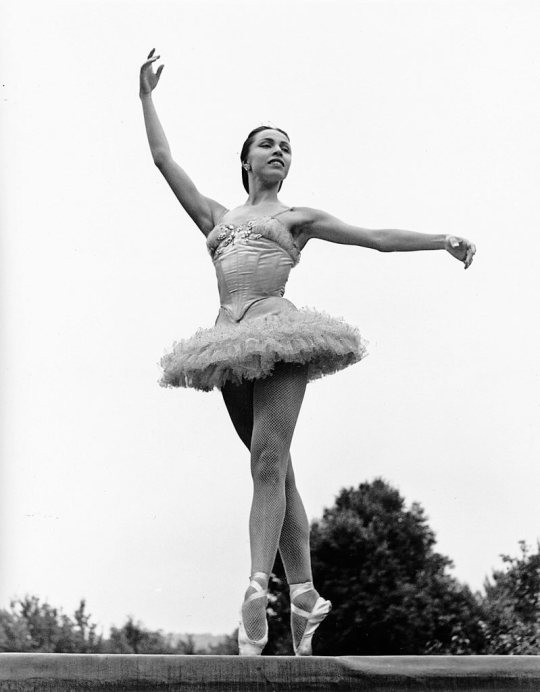
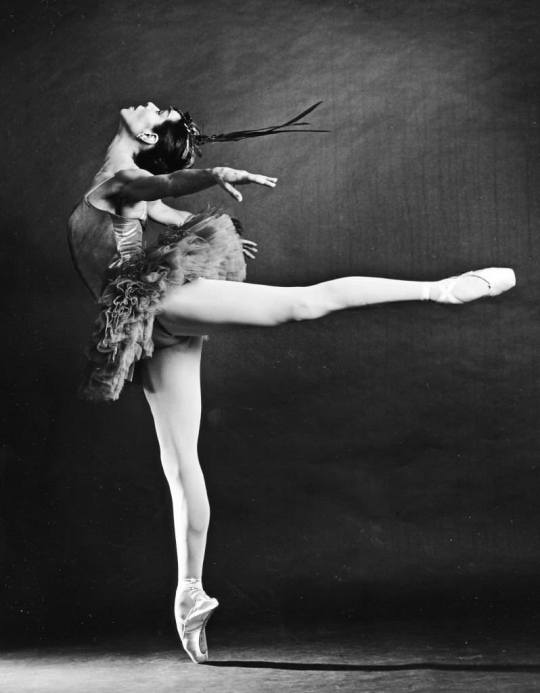
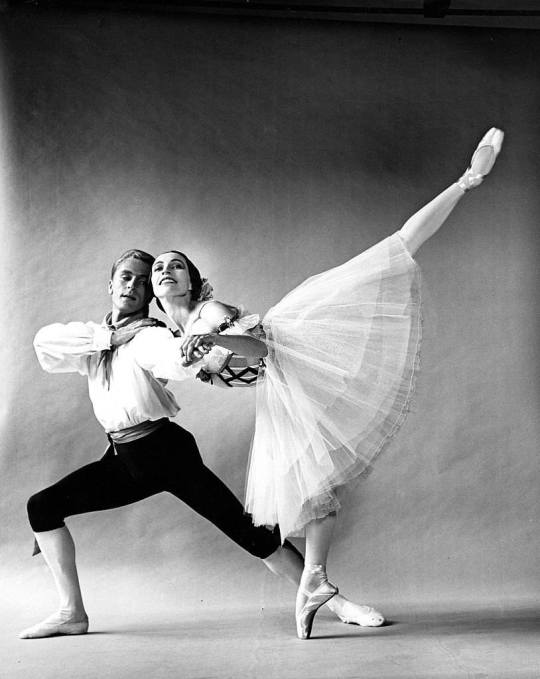

Maria Tallchief One of America's Most Popular Ballerinas from the Native American Tribe
15 notes
·
View notes
Text
NEW MUSIC
Reggae Artist …….. The Daughter Of Legendary Reggae Artist  Everton Blender
……………………ISHA BLENDER……,,,,
#reggae#reggaton#dancehall#dancehistory#socamusic#music video#returning to my roots#reggae roots#radioshow#internet radio#radio company
0 notes
Photo

Museum of London, #Pavlova and #Sidora, St. Petersburg, 1906 https://collections.museumoflondon.org.uk/online/object/493973.html #ballet #ballerina #dance #tutu #bailarina #vintage #vintagephotography #dancers ##dancehistory #danzadanceorg https://www.instagram.com/p/CqIoUpkgV_q/?igshid=NGJjMDIxMWI=
#pavlova#sidora#ballet#ballerina#dance#tutu#bailarina#vintage#vintagephotography#dancers#dancehistory#danzadanceorg
0 notes
Photo
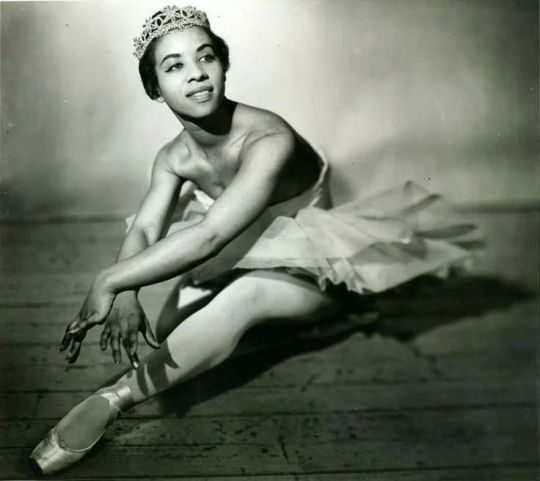
On This Day in New York City History February 2, 1935: Dancer Anne Raven Wilkinson (February 2, 1935 – December 17, 2018) was born in New York City, New York. Wilkinson has the distinction of being the first African-American woman to dance for a major classical ballet company.
Wilkinson was born into a middle class black family in Harlem. Her father was a medical doctor and her mother a ballet dancer. Her love for ballet was born from watching a performance of the Ballet Russe de Monte Carlo, a dance group that she would make history with.
Wilkinson would face difficulties in getting accepted to the Ballet Russe de Monter Carlo. Twice she was rejected before she was accepted at the age of 20 in 1955 by the director of the Ballet Russe de Monte Carlo, Serge Denham.
After leaving the group in the early 1960, Wilkinson would dance with a number row groups before retiring in 1974. That would be a short lived retirement. In the same year Wilkinson would join the New York City Opera and dance for them until 1985. In her later years she would serve as mentor to Misty Copeland who was a trailblazer in her own right. Copeland was the first African American to become a principal dancer at the American Ballet Theatre.
Wilkinson passed away on December 17, 2018 at the age of 83.
#AnneRavenWilkinson #BalletRusseDeMonteCarlo #AfricanAmericanHistory #AfricanAmericanStudies #BlackHistory #BlackStudies #BlackHistoryMatters #WomensHistory #WomensStudies #HERStory #DanceHistory #NewYorkHistory #NYHistory #NYCHistory #History #Historia #Histoire #Geschichte #HistorySisco
https://www.instagram.com/p/CoKa8wxuhZG/?igshid=NGJjMDIxMWI=
#Anne Raven Wilkinson#Ballet Russe de Monte Carlo#African American History#African American Studies#Black History#Black Studies#Black History Matters#Women's History#Women's Studies#HERstory#Dance History#New York History#NY History#NYC history#History#Historia#Histoire#Geschichte#HistorySisco
48 notes
·
View notes
Text
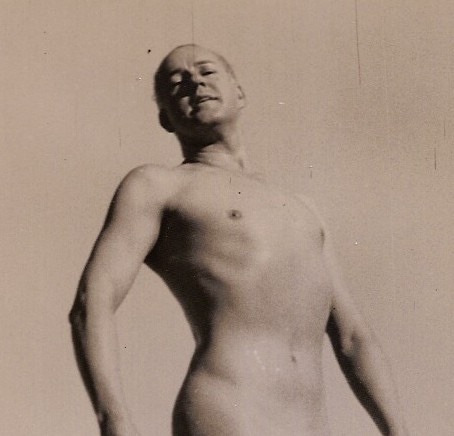
#tedshawn #mendancers #jacobspillow #jacobspillowdancefestival #moderndance #dancehistory
0 notes
Text
History of philippine folk dance pdf
HISTORY OF PHILIPPINE FOLK DANCE PDF >>Download
vk.cc/c7jKeU
HISTORY OF PHILIPPINE FOLK DANCE PDF >> Read Online
bit.do/fSmfG
discuss briefly the history of philippine folk dance brainly
history of dance in the philippines pdf
classification of philippine folk dance
brief history of philippine folk dance
history of folk dance
examining the background of a philippine folk dancehistory of philippine folk dance essay
history of philippine folk dance ppt
Dances in the central part of the country called the Visayan region were mostly inspired byanimal movements, In the Mindanao region, located in southern The history ofPhilippine folk dancingincorporates influences from immigrants and conquerors while at the same time maintaining distinctly Filipino roots.There is no recorded "start" to Philippine folk dance - as long as there have been people on the islands they have been dancing. In fact, their mythology is The history of Philippine folk dancing incorporates influences from immigrants and conquerors while at the same time maintaining distinctly Filipino roots. Most of the folk dances from the mountainous region in the northern part of the Philippines came from tribes' rituals, prayers and celebrations. The folk dances Filipino folk dance history is not the history of a single national dance of one or two regions. Dances evolved from different regions which are distinct from Philippine folk dancing is a true reflection of daily life in past centuries while enchanting modern audiences at the same time. Folk Dance History in the Philippine folk dance history is a fascinating example of a culture that incorporates influences from immigrants and conquerors while at the same time
, , , , .
1 note
·
View note
Photo




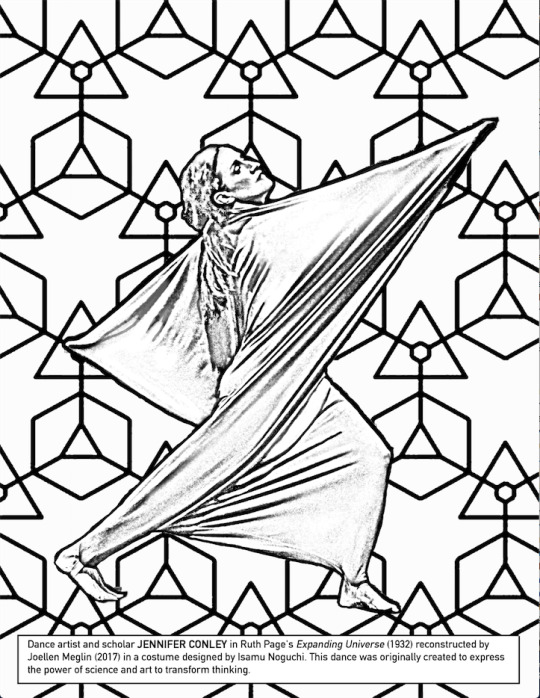

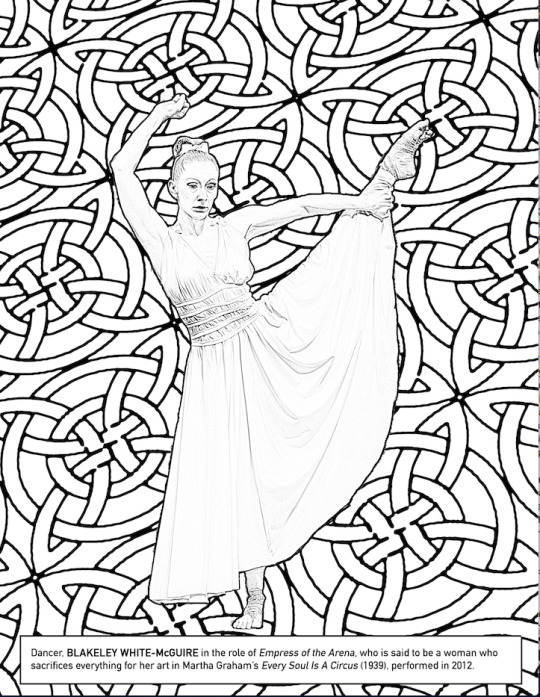

Modern Women- 21st Century DANCE - A Coloring Book by Julie Lemberger
All illustrations created are derived from dance photography, by renown photographer, Julie Lemberger. They were created from dance performances and dance rehearsals during the first two decades of the 21st Century. Some dances pay homage to early 20th Century dance artists and others are creating something entirely new.
This coloring book is an out growth of work done in an artists workshop that emphasizes one-on-one mentoring, artist-to -artist. It was the brainchild of dancer / teacher / poet, Cori Kresge. She calls her workshop series: PlayingWithMatches because she invites you to be matched with another artist to give each other feedback and support.
Cori started this workshop at the beginning of the pandemic lock-down, and this project was on a list of projects I wanted to do - Cori selected this one to embark upon. Since than I have reached out to more than 40 dancers and choreographers to see if they wouldn’t mind being in my coloring book. I was overwhelmed with the amount of positive responses to the idea, as well as the positive response to the images themselves. It has been a big task - far bigger than I’d anticipated. However, I have grown immeasurably in my artistry, and my Photoshop skills have greatly improved. I’m getting nearer to publishing it - to become a hard copy coloring book to purchase and color and to give as gifts to yourself - while you learn about these amazing women who are leaders and their genre of art: dance - the most ephemeral of the art forms - to this I bring ephemera!
Onward and more later.
Thanks to all the WOMEN / WOMYN / WOMXN who made this possible.
Julie Lemberger
#dance#dancephotography#dancenyc#modernwomen#moderndance#modernballet#coloringbook#justaddcolor#illustration#dancehistory#julielembergerphotography#julielemberger
2 notes
·
View notes
Text
#1 - Culture & Japanese Dance
It’s been two weeks of Dance History 2, and we’ve sure talked about a lot of concepts already. Our discussion stems from the articles “Dance in World Cultures” from Learning About Dance and “Japanese noh, kabuki, and butoh.” After beginning discussion on world concert, ritual, and folk dance, I quickly became intrigued by the complexities that each culture’s dance form upholds.
SO. Let’s get into it. According to the second article we read, the Japanese art form of noh “makes a positive virtue of old age.” What? This seems opposite from Western aesthetic and value in dancers. Why does virtue of age differ between cultures in relation to dance? I think this says a lot about a society’s view on beauty and what it emphasizes as having value. Another philosophy seen in noh is the idea that “what the actor leaves out is most important because our minds will fill in the blanks.” I think this speaks to the general mental capacity that Japanese audiences attain. I’m sure that being exposed to this dance form as part of one’s common culture contributes to the ability to engage and fully experience these performances.
When reading about the technique of kabuki, the reading said that kabuki is learned through kata, codified movement patterns and poses. I immediately recognized the term “kata” because my brother trained in karate growing up. I know katas to be one aspect of the martial art form that students learn and practice different set sequences. This makes me wonder what the relationship between karate and kabuki is. I’d love to find out more about this idea!
Lastly, an aspect of butoh’s technique includes pushing past the limits of self-imposed boundaries to enter uncharted territory. I think this philosophy is applicable to not only other forms of dance but nearly every task you approach. I love how butoh embodies the means to create new discoveries, both mentally and physically.
So much of this information is new to me, and I was especially excited to learn about different Japanese art forms as the culture is very near and dear to me. We love growth and stretching our minds to new places!
9 notes
·
View notes
Photo

Snow White was a Dancer! Meet Yolanda, the face used for Snow White and her husband Frank. "Life" Magazine in 1939 called them the "Greatest Dancing Couple". #mandyiglesias #danceofthebrokenswan #disney #snowwhite #dance #dancehistory #dancepreservation #dancevision (at Mandy's One Room Playhouse) https://www.instagram.com/p/BscLd1WnMO_/?utm_source=ig_tumblr_share&igshid=1jw7pj4eb20ph
#mandyiglesias#danceofthebrokenswan#disney#snowwhite#dance#dancehistory#dancepreservation#dancevision
3 notes
·
View notes
Photo
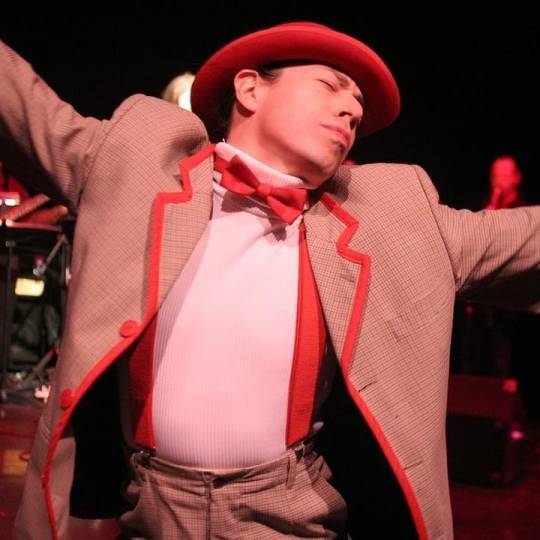
Reposted from @chidancehistory CDHP’s Archive Dive Series is back with Wilfredo Rivera! Wilfredo is the Artistic Director of Cerqua Rivera Dance Theatre. Born in Honduras, Rivera trained with Hubbard Street Dance Chicago and was a founding member of River North Dance Chicago. Tune in throughout the week to catch a glimpse of Wilfredo and his work. To learn more about Rivera and Cerqua Rivera Dance Theatre, you can visit cerquarivera.org The Archive Dive highlights work of current dance artists with ties to Chicago. You can explore these materials and more in CDHP’s digital archive by clicking the link in our bio. @wilfredo1269 @cerquarivera - Gracias for the recognition!! #archives #chicago #chicagodancemonth #dancehistory #dance #archivedive #latinxartist #artisticdirector #Honduras https://www.instagram.com/p/CQZK0XaLfGr/?utm_medium=tumblr
#archives#chicago#chicagodancemonth#dancehistory#dance#archivedive#latinxartist#artisticdirector#honduras
0 notes
Photo

Alvin Ailey stands out as an important member of the queer black #arts community. His signature work, including “Cry” and “Revelations,” continue to be performed worldwide. #blackhistory #queerpride #blackhistoryisamericanhistory #blackhistoryisworldhistory #blackhistorymatters #queer #blackhistorymakers #lgbtpride #blackhistorymaker #lgbtq #lgbt #pride #dance #history #choreography #choreographer #dancehistory #lgbthistory #historicfigure #historydaily https://www.instagram.com/p/CQYxkWEF2If/?utm_medium=tumblr
#arts#blackhistory#queerpride#blackhistoryisamericanhistory#blackhistoryisworldhistory#blackhistorymatters#queer#blackhistorymakers#lgbtpride#blackhistorymaker#lgbtq#lgbt#pride#dance#history#choreography#choreographer#dancehistory#lgbthistory#historicfigure#historydaily
0 notes
Video
Almighty God 🙏🙏🙏 Go stream an purchase 💵💰 Multi link 🌎 in my bio @spotify @tidal @deezer @applemusic @youtube @amazonmusic @audiomack #Hatewe #Thatday #Letugo #Getmedown also on all platforms 🙏💵💯 Were life is music #skywalkerentertainment #papertouchrecords #YoungkingGaladay #borndifferent #almightykey #givethanks🙏 #musicaly #reggaeindonesia #mymusiccollection #dancehistory #1number #deno #applemusicplaylist #spotifyplaylists #africanmusic #lifestyler #onstage #loveyourself #worldmusicday #bobmarleymusic #usa🇺🇸 #áfrica #jamaica🇯🇲 #canadá https://www.instagram.com/p/COWZtP2DQEd/?igshid=eyvvnljcla9s
#hatewe#thatday#letugo#getmedown#skywalkerentertainment#papertouchrecords#youngkinggaladay#borndifferent#almightykey#givethanks🙏#musicaly#reggaeindonesia#mymusiccollection#dancehistory#1number#deno#applemusicplaylist#spotifyplaylists#africanmusic#lifestyler#onstage#loveyourself#worldmusicday#bobmarleymusic#usa🇺🇸#áfrica#jamaica🇯🇲#canadá
0 notes
Photo

Mary #Wigman (#bailarina alemana precursora de la #danzamoderna, 1886-1973). 📷Charlotte Rudolph (alemana, 1896-1983) #dancer #dance #danza #dancehistory #danzacontemporanea #vintagephoto #danzadanceorg https://www.instagram.com/p/CpghfRDMTsW/?igshid=NGJjMDIxMWI=
#wigman#bailarina#danzamoderna#dancer#dance#danza#dancehistory#danzacontemporanea#vintagephoto#danzadanceorg
0 notes
Photo
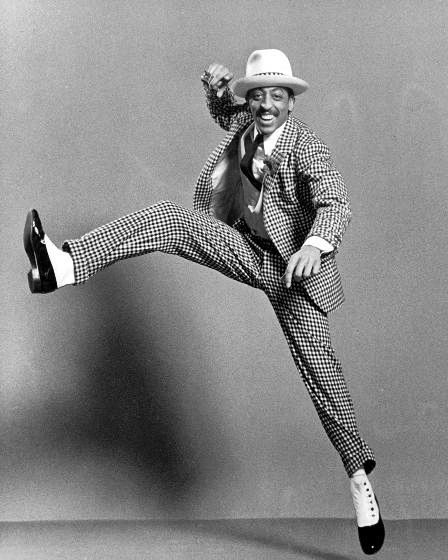
On This Day in New York City History February 14, 1946: Tap Dancer, actor, choreographer and singer Gregory Oliver Hines is born in New York City and raised in the Sugar Hill neighborhood of Harlem. He was born into a musical family with his father Maurice Robert Hines being a dancer, musician and actor. Hines the elder put his sons on the path to entertainment. Gregory was dancing as early as the age of 4 and performed with his brother at the legendary Harlem Venue the Apollo at the age of 6. His path through entertainment would be a lifelong endeavor.
Hines starred in such films as History of the World (1981) The Cotton Club (1984) and White Nights with Mikhail Baryshnikov (1985) Running Scared (1986) and Renaissance Man (1994). Hines also starred on TV shows and most importantly on the stage as a renowned tap dancer. He would influence such tap dancers as Savion Glover, Dianne Walker, Ted Levy and Jane Goldberg.
His accolades include Daytime and Primetime Emmy Awards, a Screen Actors Guild Award and a Tony Award.
Hines would die of liver cancer at the age of 57.
#GregoryHines #GregoryOliverHines #BlackHistory #BlackStudies #BlackHistoryMatters #AfricanAmericanHistory #AfricanAmericanStudies #DanceHistory #EntertainmentHistory #NewYorkHistory #NYHistory #NYCHistory #History #Historia #Histoire #Geschichte #HistorySisco
https://www.instagram.com/p/CoqVRPsu7dZ/?igshid=NGJjMDIxMWI=
#Gregory Hines#Gregory Oliver Hines#Black History#Black Studies#Black History Matters#African American History#African American Studies#Dance History#Entertainment History#New York History#NY History#NYC history#History#Historia#Histoire#Geschichte#HistorySisco
15 notes
·
View notes
Text

#tedshawn #mendancers #jacobspillow #jacobspillowdancefestival #moderndance #dancehistory
0 notes